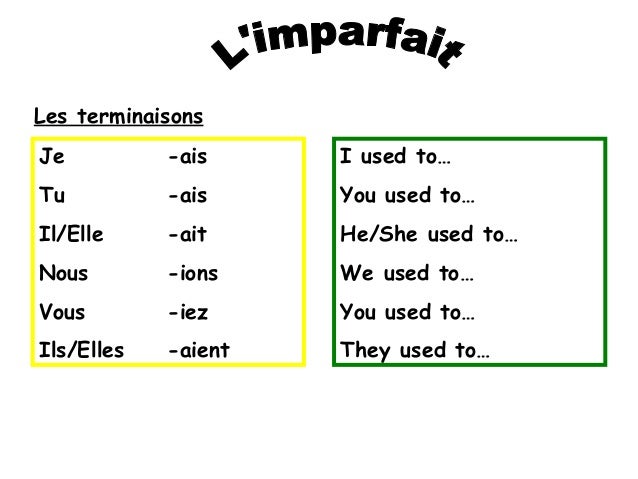


OR She was working while others were studying. (when) show that two events were taking place simultaneously in the pastĮlla trabajaba mientras otros estudiaban. I saw Victor when I was at the supermarket. Vi a Victor cuando estaba en el supermercado. We crossed the street where the yellow building was. (why)Ĭruzamos la calle en donde estaba el edificio amarillo. Their flight was cancelled because there was a very bad storm. Su vuelo fue anulado porque había una tormenta muy fuerte. give details about the circumstances of an action that took place in the past (where, when, how, why… something took place) When “Yolanda was 6 years” old refers to the period of that time she was aged 6, not the moment she turned 6.Ī los 6 años Yolando era muy timida y no tenía mucho amigos.Īt 6 years old, Yolanda was very shy and didn’t have many friends. In this use, you describe something that does not change, at least not for a long time. It could be “in the past”, “when I was young” etc. Here, there is no reference to a specific time. describe something in the past (people, places, objects, emotions) Usually, adverbs or expressions of frequency such as frecuentamente, todos los días, siempre, nunca are a good indicator that we should use the imperfecto. In the second sentence, for example, you could say “my mother read“, “my mother would read“, or “my mother used to read“. It is possible to translate the imperfecto to English in many different ways. We used to go to the park every day in the summer.ĭe niña, mi madre me leía libros antes de dormir.Īs a girl, my mother read books to me before going to sleep.īoth examples above show events or actions that happened habitually. Íbamos al parque todos los días en el verano. talk about a habitual state, event or action in the past We will now go over the five main uses of imperfecto mentioned above. *Note that the conjugations for yo, él, ella and usted, are the same ( yo comía, ella comía).

For verbs ending in -ER and -IR, all of the new endings include ía.
Imperfect endings plus#
For regular verbs ending in -AR, the endings all include aba plus the particular endings for each person. Unlike the pretérito indefinido, there are few irregular conjugations. The formation of Spanish verbs in imperfecto is quite straightforward.


 0 kommentar(er)
0 kommentar(er)
